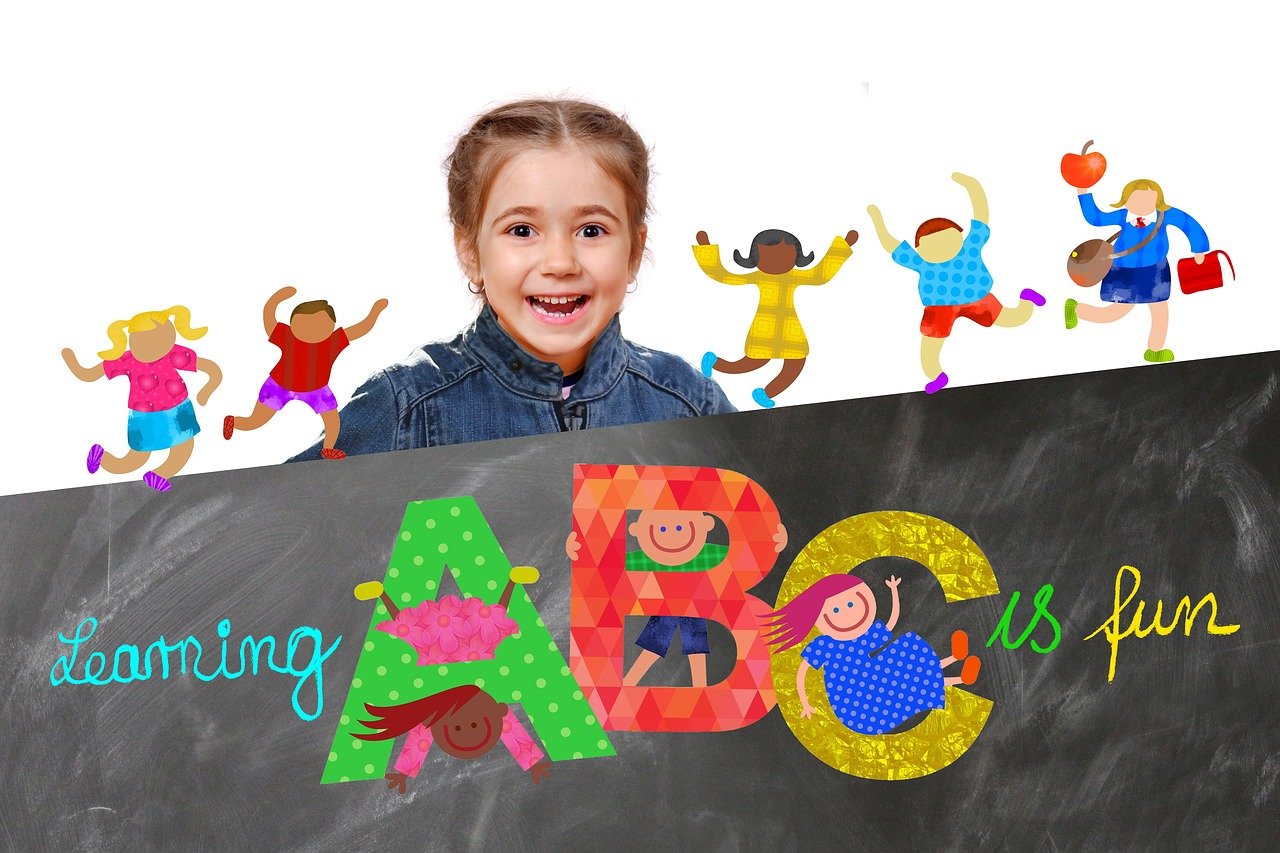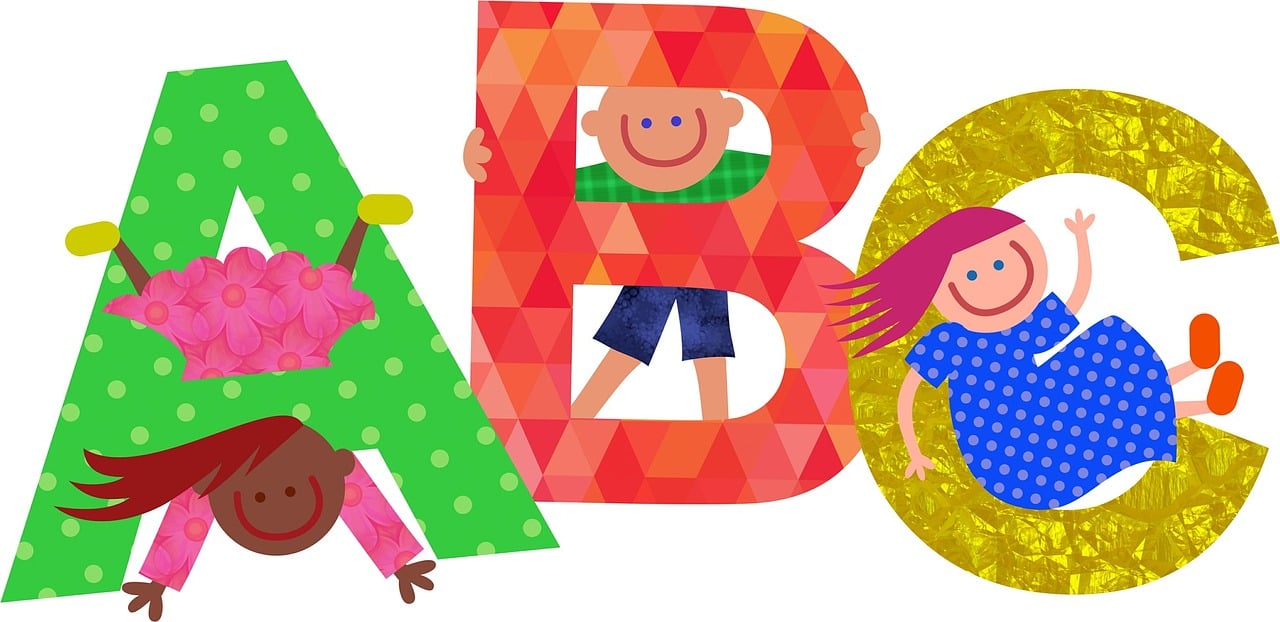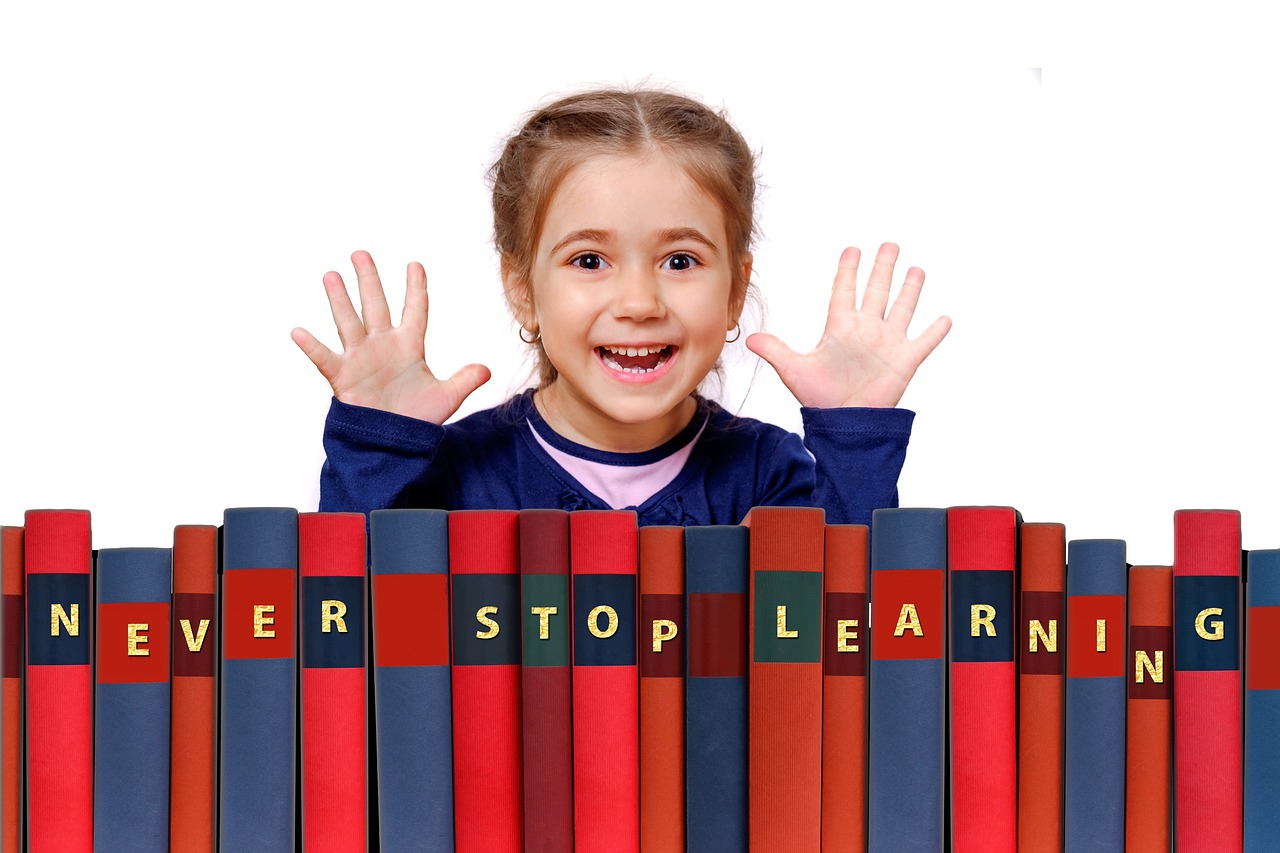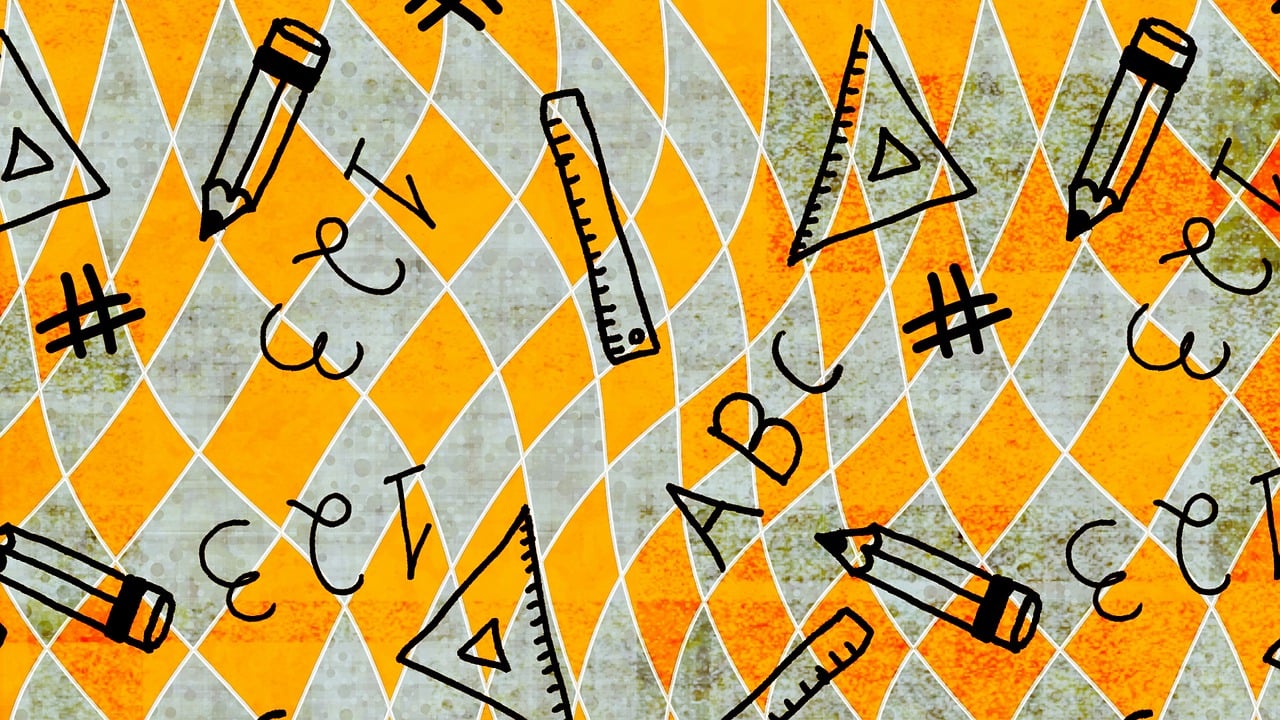Toddlers are at a stage where their brains are developing rapidly, and they’re eager to explore the world around them. Choosing the right toys can make a huge difference in their growth, helping them develop cognitive, motor, and social skills while having fun. If you’re looking for the best educational toys for toddlers, you’ve come to the right place. In this guide, we’ll explore some of the top toys that combine play and learning, ensuring your little one gets the most out of their playtime.
Why Educational Toys Matter for Toddlers
Educational toys are more than just fun—they’re tools that help toddlers learn essential skills. These toys are designed to:
- Boost cognitive development: Improve problem-solving, memory, and critical thinking.
- Enhance motor skills: Strengthen fine and gross motor skills through hands-on play.
- Encourage creativity and imagination: Inspire toddlers to think outside the box.
- Promote social and emotional growth: Teach sharing, cooperation, and empathy.
With so many options available, it can be overwhelming to choose the right toys. To help you out, we’ve curated a list of the best educational toys for toddlers that are both engaging and developmentally beneficial.
1. Building Blocks: Classic and Timeless
Building blocks are a must-have for any toddler. They encourage creativity, problem-solving, and fine motor skills. Look for sets like:
- Mega Bloks: Large, easy-to-grip blocks perfect for little hands.
- LEGO Duplo: Slightly more advanced, with themed sets like animals, vehicles, and numbers.
Why it’s great: Toddlers can stack, sort, and build, learning about shapes, colors, and balance along the way.
2. Shape Sorters: Learning Through Play
Shape sorters are excellent for teaching toddlers about shapes, colors, and spatial awareness. Popular options include:
- Melissa & Doug Shape Sorting Cube: A wooden classic with bright, chunky shapes.
- Fisher-Price Baby’s First Blocks: A simple, durable set for younger toddlers.
Why it’s great: It helps toddlers develop hand-eye coordination and problem-solving skills as they figure out which shape fits where.
3. Puzzles: Boosting Problem-Solving Skills
Puzzles are a fantastic way to challenge your toddler’s mind. Start with simple wooden puzzles and gradually move to more complex ones. Some top picks are:
- Melissa & Doug Wooden Peg Puzzles: Features themes like animals, numbers, and letters.
- Ravensburger My First Puzzles: Designed specifically for toddlers with large, easy-to-handle pieces.
Why it’s great: Puzzles improve memory, concentration, and fine motor skills while introducing concepts like colors, numbers, and animals.
4. Musical Instruments: Exploring Sounds and Rhythms
Toddlers love making noise, and musical toys are a great way to channel that energy into something productive. Consider:
- Hape Pound & Tap Bench: Combines a xylophone and a pounding toy for double the fun.
- B. Toys Drumroll Please: A colorful drum set with different sounds and textures.
Why it’s great: Musical toys enhance auditory skills, rhythm, and creativity while encouraging physical activity.
5. Interactive Learning Tables: All-in-One Fun
Interactive learning tables are packed with activities that teach numbers, letters, colors, and more. Popular options include:
- LeapFrog Learn and Groove Musical Table: Features lights, sounds, and songs in both English and Spanish.
- VTech Touch and Learn Activity Desk: A versatile desk that grows with your child, offering multiple activity modes.
Why it’s great: These tables provide a variety of learning experiences in one compact toy, keeping toddlers engaged for hours.
6. Art Supplies: Unleashing Creativity
Art is a wonderful way for toddlers to express themselves. Stock up on toddler-friendly art supplies like:
- Crayola My First Crayons: Chunky, easy-to-hold crayons designed for little hands.
- Melissa & Doug Water Wow! Reusable Activity Pads: Mess-free coloring with water-activated pages.
Why it’s great: Art activities boost creativity, fine motor skills, and self-expression.
7. Pretend Play Sets: Learning Through Imagination
Pretend play is essential for social and emotional development. Some great options include:
- Melissa & Doug Pretend Play Sets: From kitchen sets to doctor kits, these encourage role-playing and storytelling.
- LEGO Duplo My First Number Train: Combines building and pretend play with a focus on numbers.
Why it’s great: Pretend play helps toddlers understand the world around them and develop empathy and communication skills.
8. STEM Toys: Early Introduction to Science and Math
STEM (Science, Technology, Engineering, and Math) toys are becoming increasingly popular for toddlers. Some top choices are:
- Learning Resources Counting Bears: Teaches counting, sorting, and color recognition.
- Fat Brain Toys Tobbles Neo: A stacking toy that introduces basic physics concepts.
Why it’s great: These toys lay the foundation for critical thinking and problem-solving skills.
9. Books: The Ultimate Learning Tool
While not a toy, books are one of the best educational tools for toddlers. Look for interactive books like:
- Press Here by Hervé Tullet: A hands-on book that encourages participation.
- Eric Carle’s The Very Hungry Caterpillar: A classic that teaches counting and days of the week.
Why it’s great: Reading enhances language skills, imagination, and bonding between parent and child.
10. Outdoor Toys: Learning in Nature
Don’t forget about outdoor play! Toys like:
- Little Tikes Cozy Coupe: A mini car that encourages imaginative play.
- Step2 Play & Shade Pool: Combines water play with sensory exploration.
Why it’s great: Outdoor toys promote physical activity, coordination, and a love for nature.
Final Thoughts
Choosing the best educational toys for toddlers doesn’t have to be complicated. Focus on toys that align with your child’s interests and developmental stage. Whether it’s building blocks, puzzles, or musical instruments, the right toys can make learning fun and engaging.
Remember, the best toy is one that sparks curiosity, encourages exploration, and, most importantly, brings a smile to your toddler’s face. Happy playing!










